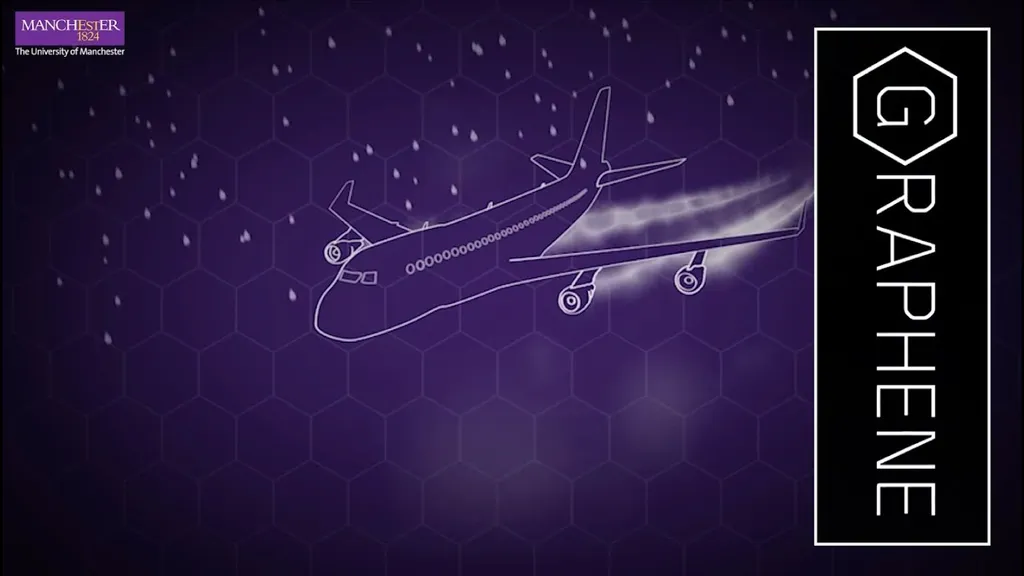Researchers from the School of Materials Science and Engineering at Beihang University, led by Professor S. Y. Gao, have been at the forefront of exploring the potential of graphene in the aviation industry. Their recent work, co-authored by Y. F. Jiang, J. W. Sun, and Z. H. Zhang, delves into the remarkable properties of graphene and its promising applications in aerospace, with a particular focus on energy equipment, sensors, and composite materials used in aircraft exteriors.
Graphene, a two-dimensional material composed of a single layer of carbon atoms arranged in a hexagonal lattice, has captivated the scientific community due to its exceptional properties. It boasts impressive electrical conductivity, mechanical strength, and thermal conductivity, making it a prime candidate for various applications in the aerospace sector. The researchers highlight that graphene’s unique structure and properties offer a new dimension to materials research and nanotechnology, driving innovation in both military and civilian aviation industries.
In the realm of energy equipment, graphene’s excellent electrical conductivity and large surface area make it an ideal candidate for enhancing the performance of batteries and supercapacitors. These energy storage devices are crucial for powering various systems within aircraft, and graphene’s incorporation can lead to significant improvements in energy density, charge-discharge rates, and overall lifespan. Moreover, graphene’s lightweight nature aligns with the aviation industry’s constant pursuit of reducing weight to improve fuel efficiency and payload capacity.
The researchers also emphasize graphene’s potential in the development of advanced sensors for aircraft. Graphene-based sensors can offer high sensitivity, fast response times, and the ability to detect a wide range of physical and chemical parameters. These sensors can be integrated into aircraft systems for real-time monitoring of structural health, environmental conditions, and fuel consumption, thereby enhancing safety and operational efficiency. Furthermore, graphene’s flexibility and compatibility with various substrates make it suitable for creating wearable sensors for pilot health monitoring and other innovative applications.
Another significant area of focus is the use of graphene in composite materials for aircraft exteriors. By incorporating graphene into composite materials, researchers can enhance their mechanical properties, such as strength, stiffness, and toughness, while maintaining their lightweight characteristics. This can lead to the development of more durable and damage-resistant aircraft structures, improving overall safety and reducing maintenance costs. Additionally, graphene’s excellent thermal conductivity can help manage heat dissipation in aircraft, which is crucial for maintaining optimal performance and preventing component failures.
The researchers conclude that the ongoing advancements in graphene research and technology hold immense promise for the aviation industry. As the scientific community continues to explore and harness the unique properties of graphene, we can expect to see its widespread adoption in various aerospace applications, driving innovation and propelling the industry towards new heights. The work of Gao and colleagues underscores the importance of continued investment and research in graphene materials to unlock their full potential and revolutionize the future of aviation.
This article is based on research available at arXiv.

